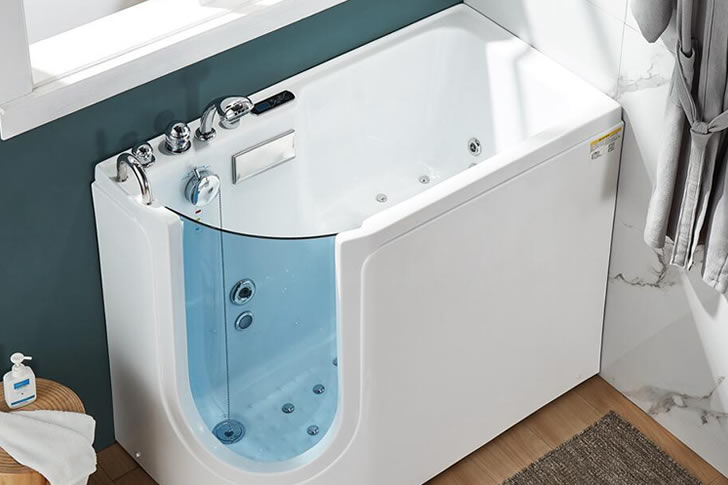How Seniors Can Purchase Cost-Effective Walk-In Tubs
For seniors, the bathroom can be one of the most hazardous rooms in the home, with the risk of slips and falls increasing with age. Walk-in tubs offer a safer alternative, providing features such as non-slip surfaces, handrails, and low-entry thresholds that can help reduce these risks. However, the cost of walk-in tubs, which can run from $1,500 to $20,000 depending on features and installation, often puts them out of reach for many on a fixed income. This article aims to provide seniors with practical steps to find more economically priced walk-in tubs while still ensuring safety and quality.

Understanding the Value of Walk-In Tubs
Walk-in tubs are designed with doors that open and close, allowing easy access without having to step over a high sidewall, which is typical in traditional bathtubs. These tubs often include seats, hand-held showerheads, and controls within easy reach. Advanced models may feature therapeutic options such as hydrotherapy jets or heated seats, which can help alleviate symptoms of arthritis and other ailments.
Price Factors
The price of a walk-in tub varies based on several factors:
- Basic Soaker Models: These typically range from $1,500 to $5,000 and provide the essential safety features.
- Mid-Range Models: Priced between $5,000 and $10,000, these may offer additional comfort or convenience features like hydrotherapy jets.
- Luxury Models: These can exceed $10,000 and include full therapeutic features and premium finishes.
How Seniors Can Find Economically Priced Walk-In Tubs
1. Research and Compare Different Models
Start by understanding which features are necessary and which are optional. Websites like Consumer Affairs or SeniorLiving.org provide reviews and can help compare different brands and models based on safety features, durability, and user satisfaction.
2. Seek Out Discounts and Incentives
Many manufacturers and retailers offer discounts during certain times of the year. Additionally, some local governments and non-profit organizations offer grants or subsidies to seniors for home modifications that improve accessibility.
3. Consider Refurbished or Gently Used Tubs
It’s possible to find used or refurbished walk-in tubs at a reduced cost. These can provide good value, but it’s important to ensure they come with a warranty and meet all current safety standards.
4. Explore Financing Options
Some companies provide financing plans that spread the cost over several months or years, making the initial investment more manageable. Make sure to understand all the terms and conditions to avoid high-interest rates and fees.
5. Consult with Community Resources
Local senior centers or agencies on aging may have information on resources to help seniors make affordable home modifications. They can provide referrals to programs offering financial assistance or reputable contractors who offer reasonable rates.
6. Check Installation Costs
Often, the installation can be as costly as the tub itself. It’s worth getting several quotes and checking if any recommended installers can offer a better deal.
Conclusion
While walk-in tubs are an important investment in a senior’s health and safety, finding a cost-effective model requires some research and planning. By utilizing discounts, considering used or refurbished models, and exploring financing and aid options, seniors can find a solution that fits their budget and safely enhances their quality of life.







Recent Comments